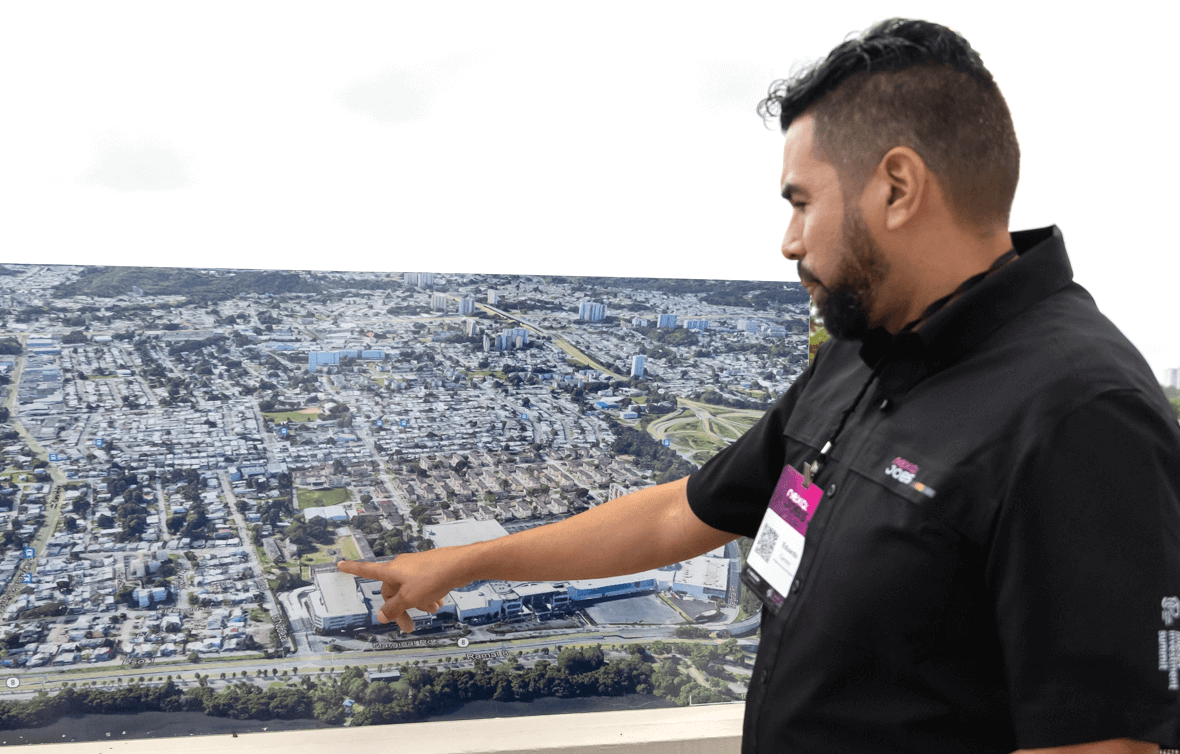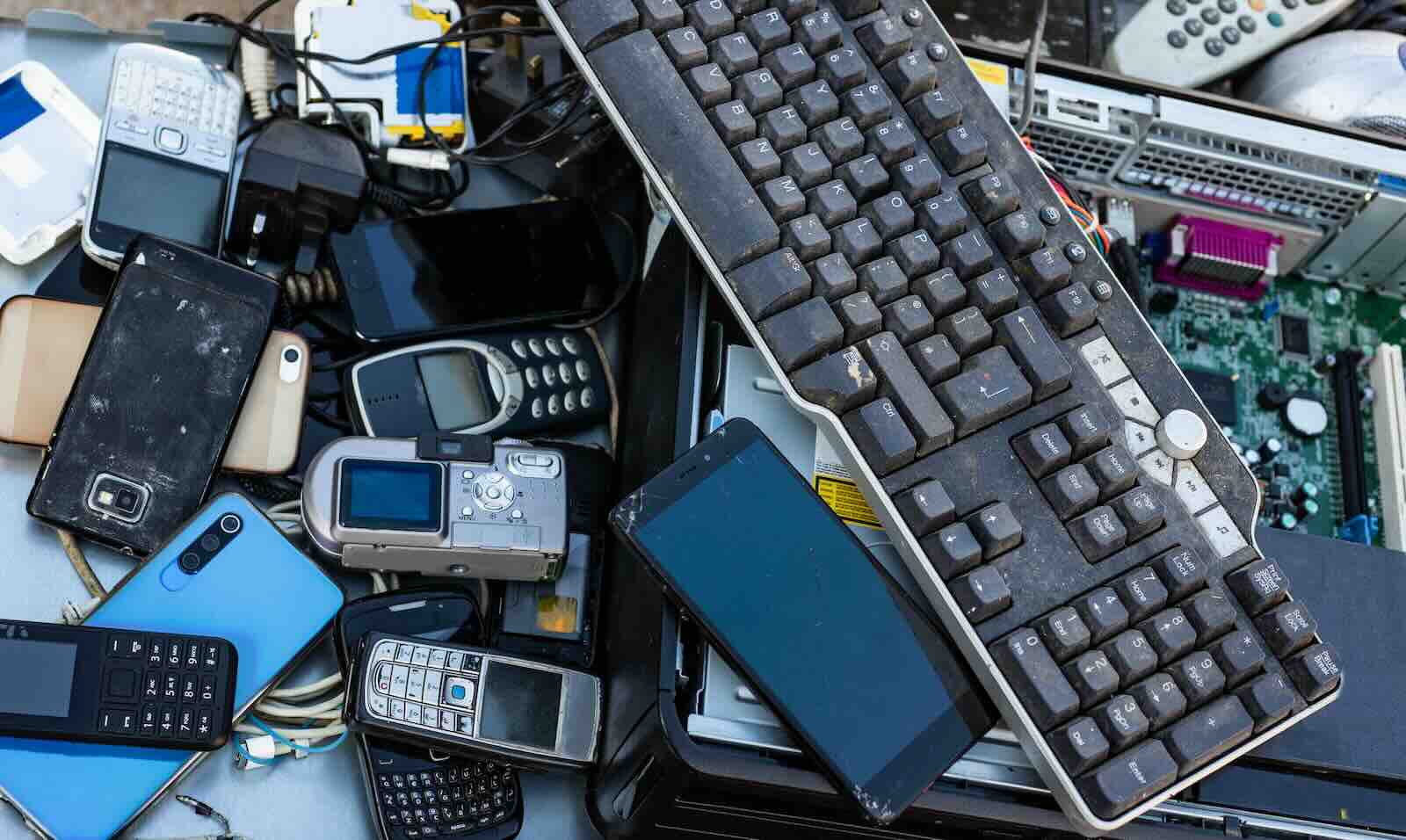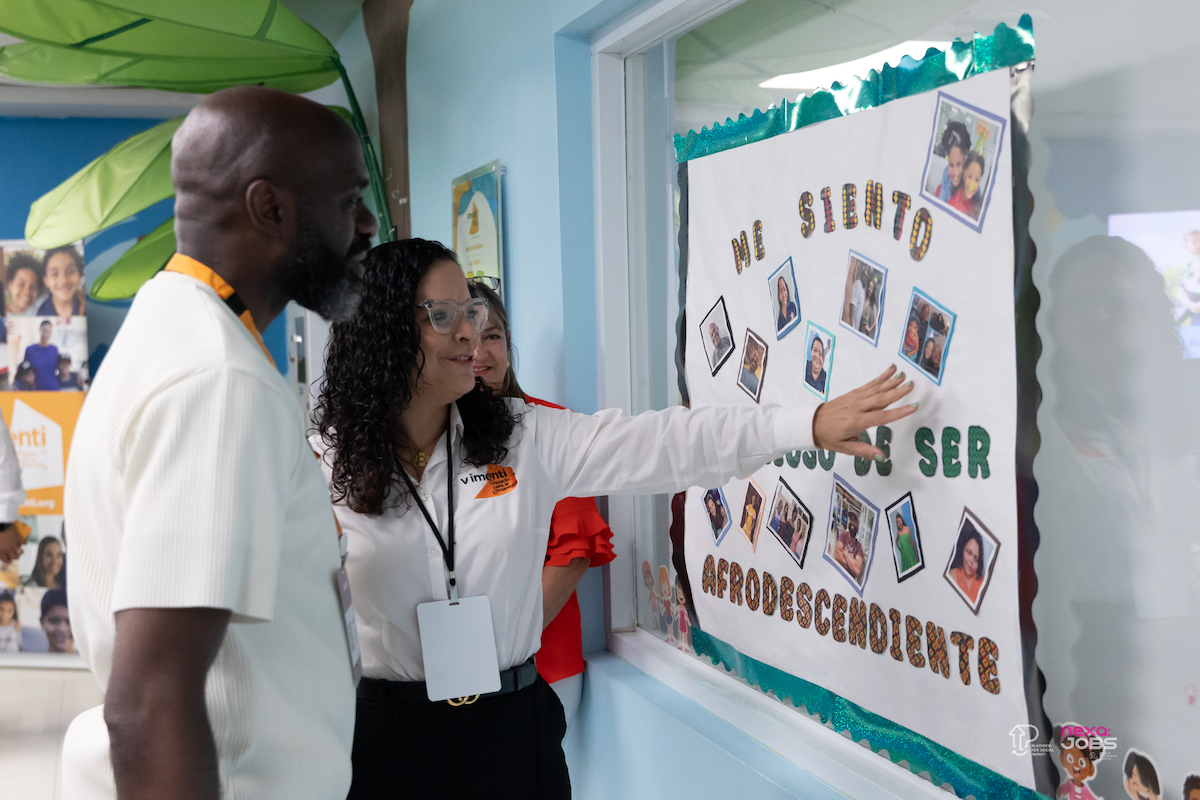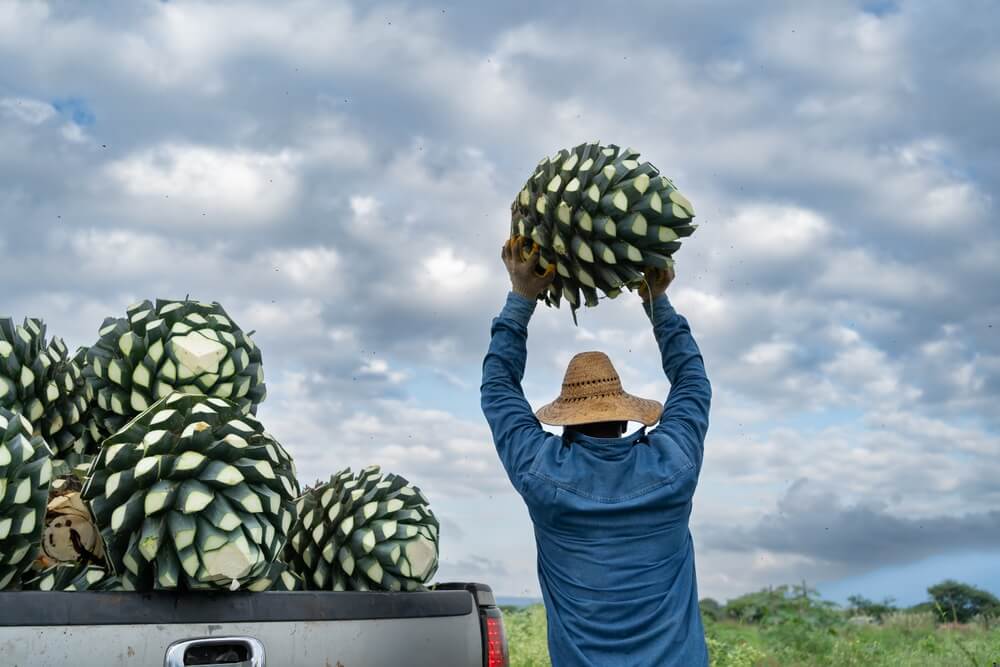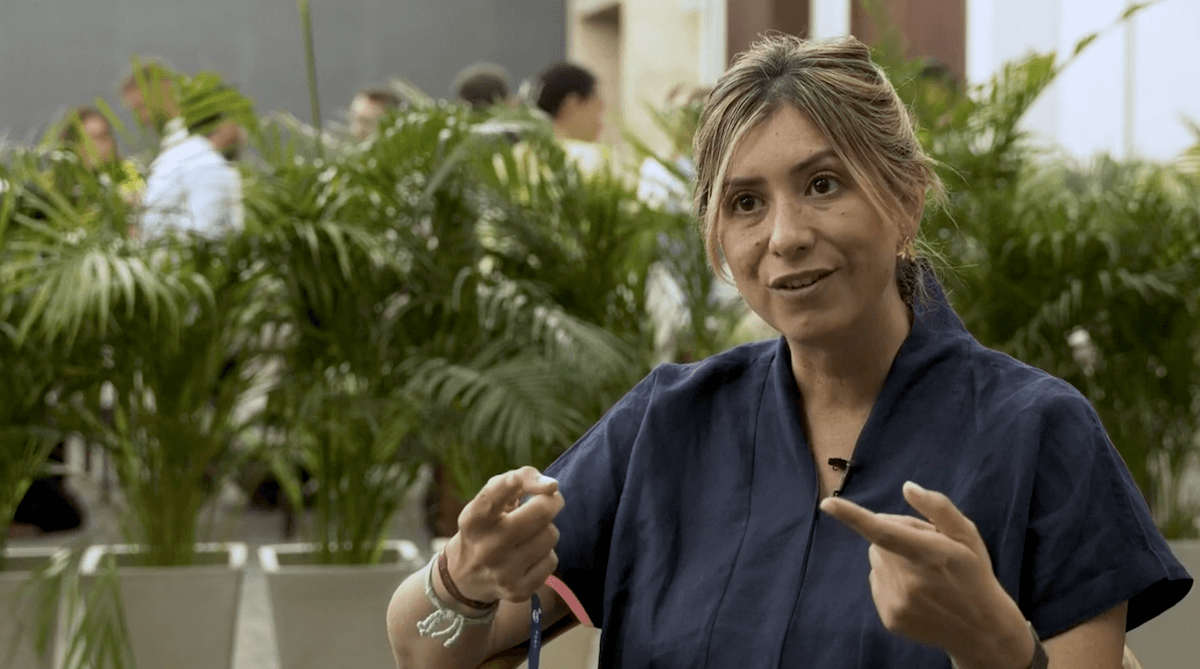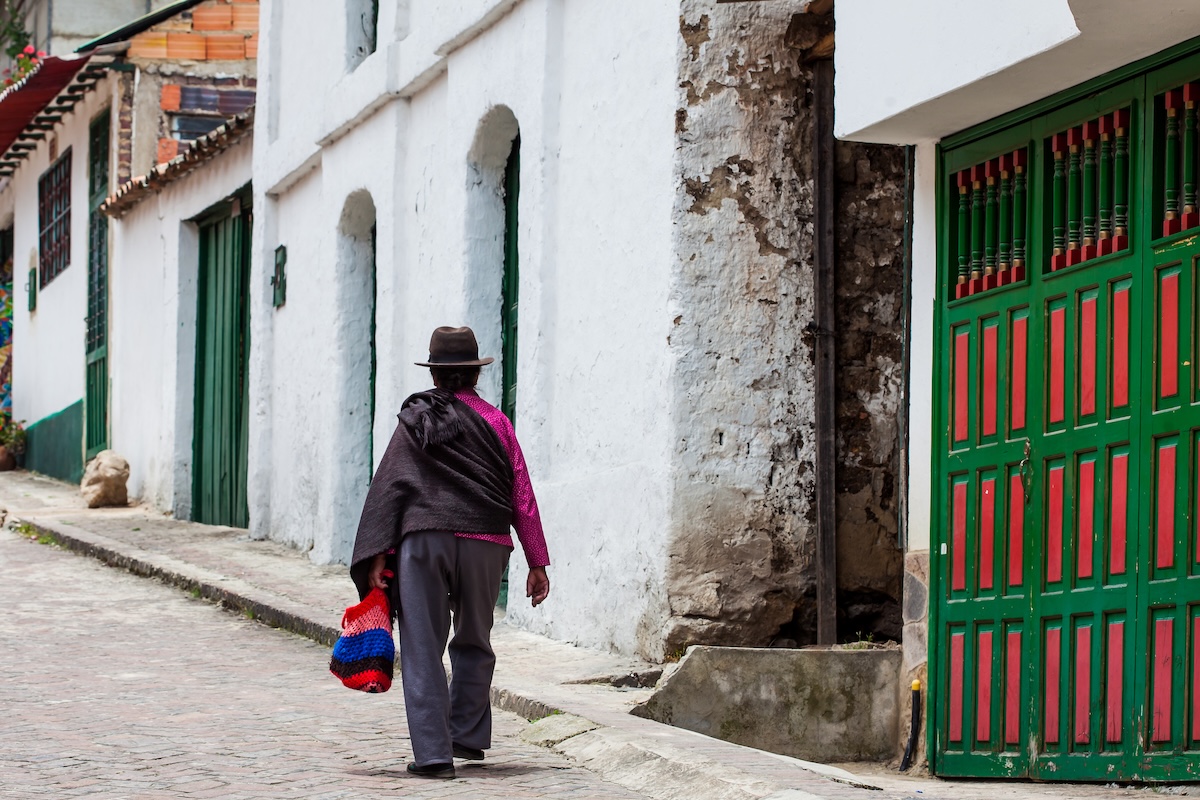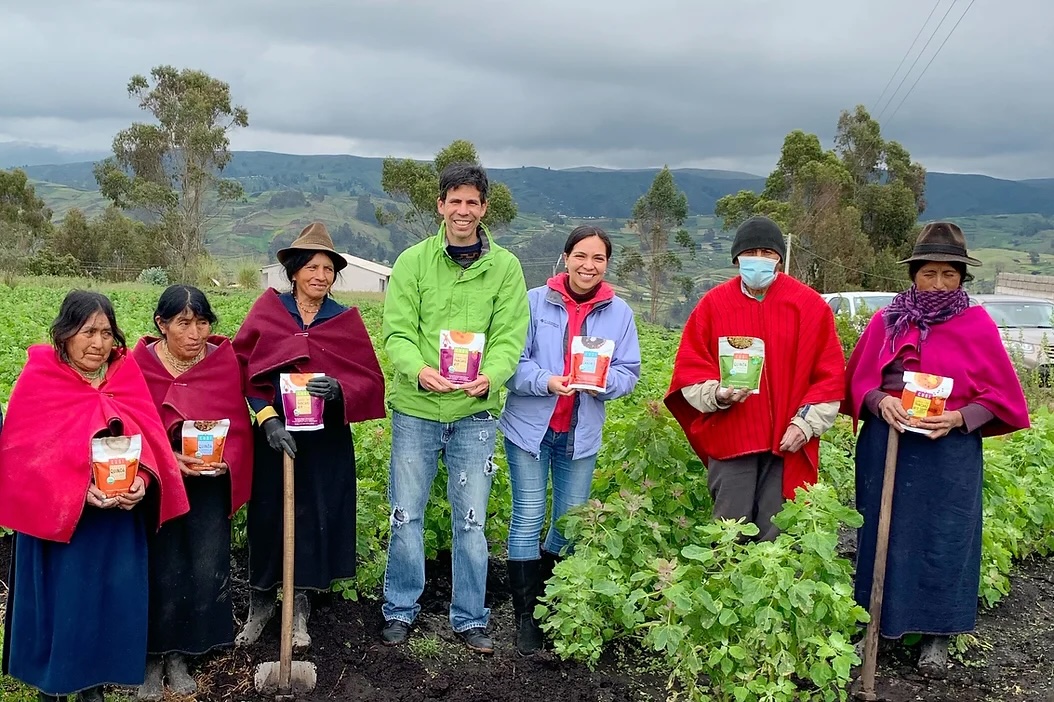Puerto Rico has a window in which to turn disaster recovery into economic revival.
“We didn’t choose it, but this is our time,” declares Eduardo Carrera, founder of Platform for Social Impact, which aims to steer capital to Puerto Rico’s social infrastructure. In front of hundreds of social innovators and financial engineers in downtown San Juan earlier this month, Carrera unveiled a clock that is counting down to a 10-year deadline for progress.
The urgency is a response to the frustration around the Caribbean island’s lingering economic woes, years after 2017’s Hurricane Maria and other disasters. Some $85 billion in US federal aid and recovery funds remain on the sidelines, even as nearly 60% of children live in poverty. Many proponents of a Puerto Rico with good jobs, safe neighborhoods and strong role models, Carrera says “have left intentionality to chance.”
“We need to have this countdown in our head,” says Carrera. “If we’re not making an effort to move that capital with intentionality, we’re wasting precious time.”
Carrera grew up in public housing before joining, and eventually leading, the Boys and Girls Club of Puerto Rico. At the Platform for Social Impact’s Nexa Summit, Carrera laid out an economic agenda that centers children and builds pathways to economic mobility to end intergeneral poverty on the island.
“When children bloom, everybody benefits,” he says.
Stacking capital
Among the pillars of the economic agenda: Economic growth, good jobs, upskilling opportunities, supportive policy and sufficient capital. Impact investments that can help unlock the federal funds and bring in commercial capital are key to building a more inclusive economy. Carrera is calling for a surge in credit enhancement and first-loss capital, bridge loans, venture and working capital.
“If we are really going to do this at scale, it’s the whole spectrum of finance,” Carrera said, from philanthropy to commercial capital.
Entrepreneurs like Nichole Columna are returning to Puerto Rico to start tech companies and create jobs. Columna’s company, Piezas Rush, connects appliance technicians to repair jobs. With no outside funding, she has helped technicians complete over 1400 jobs, while saving cash-strapped customers thousands of dollars.
Imagine if startup capital was more abundant.
One reason tens of billions in US aid remains undeployed is that the release of much of the funding comes only as reimbursements. That means organizations, businesses and projects must front their investments and expenditures for months before they receive the promised funding. The lack of startup, equity, bridge loans and working capital on the island makes such arrangements even more burdensome.
To overcome the challenge, Carrera and the Platform for Social Impact are blending public, private and philanthropic capital to crowd in more financing of all kinds.
The PSI team is demonstrating the model in Oasis, a six-acre development project in San Juan’s Villa Prades public housing community. The campus will include Vidalus, a healthcare clinic; Vimenti, a two-generation public charter school; and Project Makers, a social impact incubator and accelerator. The capital will also support Boys and Girls Club of Puerto Rico, whose strong balance sheet was critical to securing the funding.
To raise $43 million, the team stacked their own seed capital, along with philanthropic dollars, New Markets Tax Credits, low-income investment funds, and a bridge loan. The effort unlocked nearly $30 million in federal aid.
“Most people think about reconstruction in terms of bridges and roads,” Carrera told ImpactAlpha. “Human infrastructure needs to be part of these investments.”
In San Juan, Unicef’s Cristina Shapiro said she sees synergies in Platform for Social Impact’s approach with Unicef’s “child lens investing” framework. That is, says Shapiro, “to make sure that all those vast pools of capital are considering children.”
Good jobs and affordable housing
To get smart on workforce development, Platform for Social Impact is bringing in seasoned organizations like Jobs for the Future and OIC of South Florida, part of Opportunities Industrialization Centers of America. Jobs for the Future, for example, will pilot its work at Oasis by offering career navigation services, credentials access, and access to startup capital and hope to eventually reach 10,000 families in Puerto Rico.
“This is not just about quality jobs,” said Kristina Francis of Jobs for the Future. “This is about a quality life.”
Other models are also emerging. To return many of the hundreds of thousands of abandoned homes back to the market as affordable housing, the Center for Habitat Reconstruction is helping municipalities set up community land banks to acquire homes and finance their rehabilitation. Each home requires only $15 to $20,000 in repairs.
The Center for Habitat Reconstruction estimates that between 60,000 and 90,000 working families have an urgent need for modestly priced homes. “We do have an affordable housing crisis, but we also have a big market of possible buyers,” said the center’s Edgar Gomez Cintron.
The land bank structure, gaining popularity in the US and now Puerto Rico, provides a pathway for localities to repossess blighted homes, fix them up, and sell them at below-market rates to preserve affordability. Oakland-based PolicyLink has provided anchor funding for that Center for Habitat Reconstruction’s loan fund to help rehabilitate housing across the island.
Deployment infrastructure
During COVID, local community development financial institutions, or CDFIs, served as essential capillaries for deploying federal aid to local businesses. Puerto Rico’s reconstruction will draw heavily on such CDFIs, which have grown 15-fold on the island over the last decade. As many as 86 cooperative lending institutions in Puerto Rico qualify as CDFIs.
Puerto Rico’s underdeveloped capital infrastructure is slowing the deployment of federal funds. Max Trujillo of the USDA’s Rural Development initiative says it’s time to get creative.
Trujillo says private philanthropy can stand up institutions to provide the matching funds needed to unlock federal aid. Though the government can’t match its own funds, programs such as USDA’s intermediary lending program provides zero-interest loans for institutions to onlend to organizations, businesses and projects.
“You match all those things together and you create a new environment,” said Trujillo.
The Community Energy Resilience Initiative, a partnership between Fundación Comunitaria de Puerto Rico, Global Energy Alliance for People and Planet, and Rocky Mountain Institute, blends grants and loans to finance the development of microgrids and storage systems in communities, while leaving ownership with communities. Pilots are underway at vocational schools, gas stations and pharmacies, with plans to expand to 350 locations.
Joan Larrea of blended finance network Convergence says stacking capital around specific projects or fundraises is good thinking. The next step: “Put some institutions behind those thoughts,” Larrea said in San Juan. “Institutions and processes matter more than individual transactions.”
In Rwanda, for example, a development bank was able to issue a bond with a B+ Fitch rating by securing a guarantee from the federal government. The bank invested at least part of the $24 million raised in The Rwanda Green Fund to stock the pipeline of investable enterprises.
In Puerto Rico, the hardest part may be to get investors and citizens, as well as leaders and policymakers, to believe in the possibilities.
The funding for the Oasis project demonstrates more than the effective stacking of capital.
“What it showcases is that you can, and that’s the hardest thing,” Ramphis Castro of the Platform for Social Impact said in San Juan. “Now they don’t have to believe. Because they can see.”

